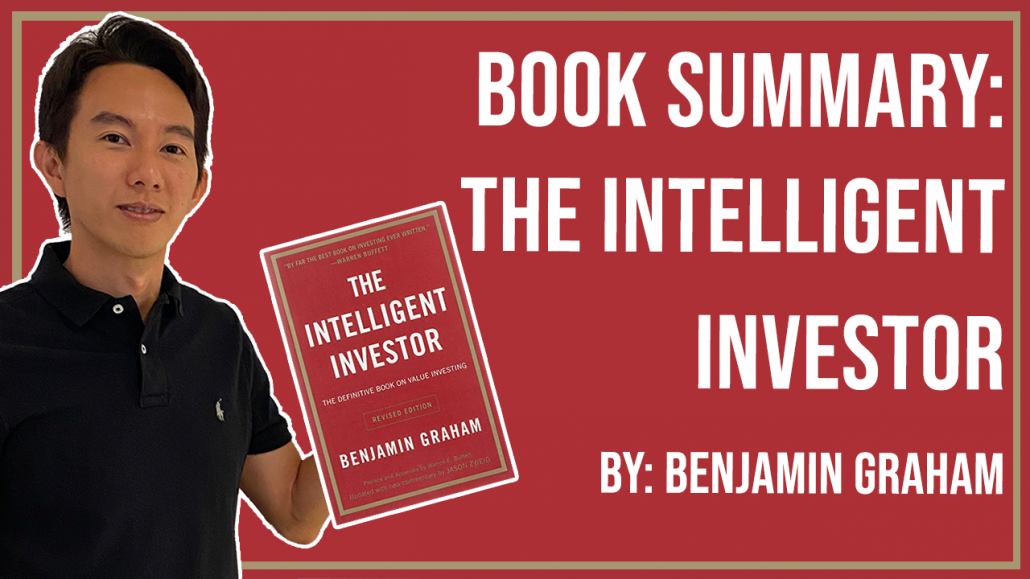Security Analysis, written by Benjamin Graham and first published in 1934, is a timeless classic that has helped shape the field of investment for over 85 years.
The book, which was initially written for professional investors, offers a comprehensive guide to analyzing and evaluating stocks, bonds, and other securities, and has become a must-read for any serious investor.
In this blog post, I will share all about this book and the author, key ideas from the book, and how you can apply it to your own trading & investing journey.
About the Author
Benjamin Graham was born in London in 1894, and immigrated to the United States with his family as a young boy.
He received his undergraduate degree from Columbia University, where he studied finance and economics, and later went on to earn his MBA from the same institution.
Graham worked as a stockbroker and financial analyst before becoming a professor of finance at Columbia University, where he taught a number of influential students, including Warren Buffett.
What is the Book About?
Security Analysis is a comprehensive guide to analyzing and evaluating stocks, bonds, and other securities.
The book is divided into three main sections: the first covers the principles of security analysis, the second covers the analysis of common stocks, and the third covers the analysis of bonds and preferred stocks.
The main theme of the book is the importance of fundamental analysis, or the process of analyzing a company’s financial statements and other data in order to determine its intrinsic value.
Graham argues that by carefully analyzing a company’s financials, investors can identify undervalued securities that offer the potential for long-term growth.
10 Key Ideas from the Book
Here are 10 key ideas from Security Analysis:
- Fundamental analysis is the key to successful investing.
- It is important to focus on a company’s intrinsic value, rather than its market price.
- Earnings and dividends are important indicators of a company’s financial health.
- The price-to-earnings (P/E) ratio can be used to evaluate a company’s stock price relative to its earnings.
- Companies with strong balance sheets and low debt levels are typically more financially stable.
- It is important to diversify one’s portfolio to reduce risk.
- Growth stocks may offer higher potential returns, but also come with higher risk.
- Value stocks, which are undervalued by the market, may offer lower returns in the short-term but have the potential for long-term growth.
- It is important to regularly review and rebalance one’s portfolio.
- Market trends and sentiment can influence stock prices, but should not be the sole basis for investment decisions.
10 Ways to Apply the Teachings
Here are 10 actionable ways to apply what is taught in Security Analysis:
- Use fundamental analysis to evaluate a company’s financial health and intrinsic value.
- Consider the P/E ratio and other financial metrics when evaluating a company’s stock price.
- Look for companies with strong balance sheets and low debt levels.
- Diversify your portfolio to reduce risk.
- Consider the potential risks and rewards of both growth and value stocks.
- Regularly review and rebalance your portfolio to ensure it aligns with your investment goals.
- Don’t get swayed by market trends or sentiment – focus on a company’s fundamental data.
- Seek out opportunities to invest in undervalued securities.
- Consider working with a financial advisor or investment professional to help with your investment decisions.
- Continuously educate yourself on the principles of security analysis and stay up-to-date on market trends.
Other Important Points from the Book
Other points to consider when applying the principles of Security Analysis include:
- The importance of developing a long-term investment strategy and sticking to it.
- The role of risk management in investing, including the use of stop-loss orders and other risk-mitigation strategies.
- The importance of staying disciplined and avoiding emotional decision-making when investing.
- The potential impact of taxes and fees on investment returns.
- The importance of considering the overall economic environment when making investment decisions.
- The potential impact of inflation on investment returns.
- The importance of considering one’s own personal financial goals and risk tolerance when developing an investment strategy.
Concluding Thoughts
In conclusion, Security Analysis is a classic and essential guide for anyone interested in investing.
Its focus on fundamental analysis and the importance of evaluating a company’s intrinsic value is as relevant today as it was when the book was first published.
By following the principles outlined in the book, investors can make informed, disciplined investment decisions and build a strong, diversified portfolio that is capable of weathering market ups and downs.
Now that I have covered all the key learning points of this book, would you consider adding it to your reading list?
For those who have already read it, what are some of your key learning points?
Let me know in the comments below!

If you would like to find more book summaries and recommendations, also check out: “Best Investing & Trading Books of All Time”
After trading for 18 years, reading 1500+ books, and mentoring 1000+ traders, I specialise in helping people improve their trading results, by using tested trading strategies, and making better decisions via decision science.











